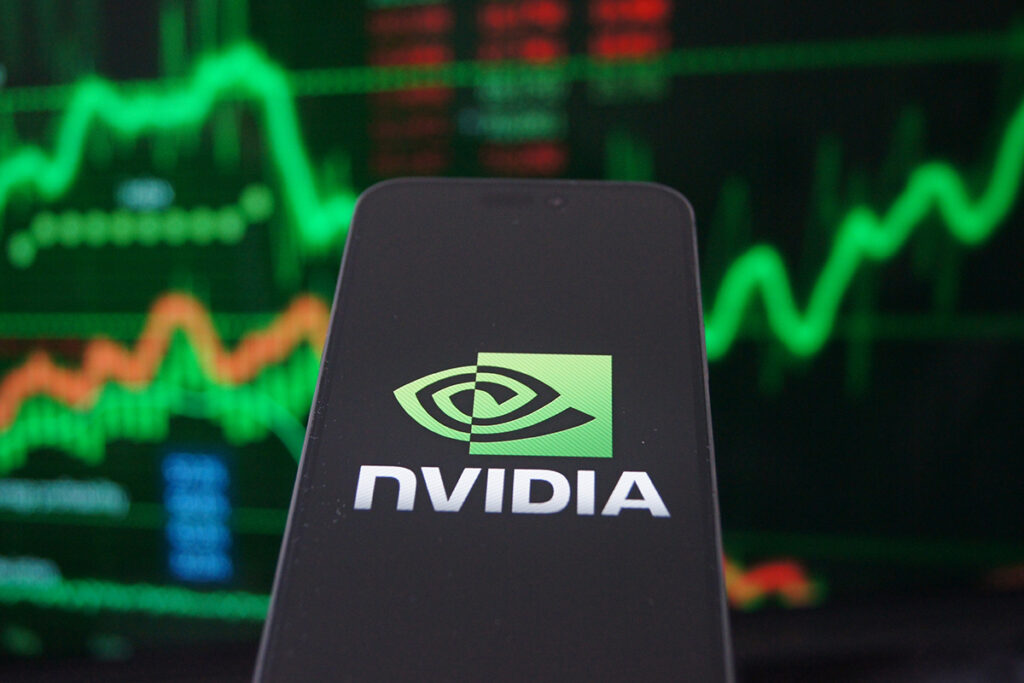Nvidia’s stock has faced an unusual downturn in 2025, with its value dropping by as much as 20% before showing signs of recovery. While the stock remains down approximately 9% for the year, this dip contrasts with the company’s historically strong performance, where past sell-offs were quickly met with renewed investor interest. Despite this decline, Nvidia’s underlying business remains robust, and several external factors have contributed to its recent struggles rather than any fundamental weaknesses within the company.
DeepSeek AI and Investor Uncertainty
A key trigger for Nvidia’s early-year volatility was the emergence of Chinese AI startup DeepSeek, which reportedly trained its artificial intelligence models using older Nvidia chips. This raised concerns over the competitiveness of Nvidia’s latest architectures, prompting a wave of panic-selling in the stock market.
However, further analysis from industry experts revealed that DeepSeek likely incurred higher-than-reported costs to develop its AI model, easing initial fears about the startup’s impact on Nvidia’s position in the AI hardware market. Around the same time, major cloud providers and tech giants, including Amazon, Microsoft, Alphabet, and Meta Platforms, reaffirmed their commitment to AI infrastructure investments. These companies are projected to spend over $320 billion on chipware and data centers throughout 2025, reinforcing Nvidia’s role in the industry.
As these spending plans became more public, Nvidia’s stock rebounded slightly in early February. However, the relief was short-lived, as new challenges emerged later in the quarter, leading to another significant decline.
The Rise of Custom AI Chips and Market Shifts
A growing trend among major technology firms has been the development of proprietary AI chips. Companies such as Amazon, Microsoft, Alphabet, Meta, and OpenAI are all investing in custom silicon, reducing their reliance on Nvidia’s GPUs. This shift has raised concerns about potential price pressures and competition in the high-performance computing market.
While Nvidia remains the dominant force in AI chip production, the increasing availability of alternative solutions could slow its rapid growth. If big tech firms successfully integrate their custom chips into existing infrastructures, they may reduce demand for Nvidia’s products over time. The extent of this shift remains uncertain, but it has contributed to investor caution and ongoing stock fluctuations.
Trade Policy and the Broader Market Sell-Off
Another factor weighing on Nvidia’s stock performance has been the introduction of new tariff policies by the U.S. government. While the specific impact on Nvidia is still unclear, these policies have created uncertainty in global trade and led to broader market volatility. Growth stocks, in particular, have suffered from investor sell-offs in recent weeks, with Nvidia being no exception.
Despite these external challenges, Nvidia’s business fundamentals remain strong. The company’s latest Blackwell GPU architecture generated $11 billion in sales during its first full quarter, reinforcing its position as a leader in AI chip development. Additionally, Nvidia has maintained a gross margin above 70%, with expectations for further improvements as Blackwell becomes a more critical component of its long-term growth strategy.
Outlook: A Strong Rebound on the Horizon?
Despite short-term concerns, Nvidia’s long-term prospects remain promising. While the adoption of custom AI chips by big tech firms may introduce competition, demand for Nvidia’s high-performance GPUs remains strong. The company’s continued innovation, coupled with its solid financial performance, suggests it will retain a significant role in AI infrastructure.
Furthermore, the impact of new tariffs is expected to be temporary, with trade agreements likely to be reached in the coming months. As market conditions stabilize, Nvidia’s stock is well-positioned for a recovery, presenting a potential buying opportunity for investors looking to capitalize on the recent dip.
With its strong business fundamentals and industry-leading technology, Nvidia is likely to emerge from this period of uncertainty at a higher valuation one year from now.


